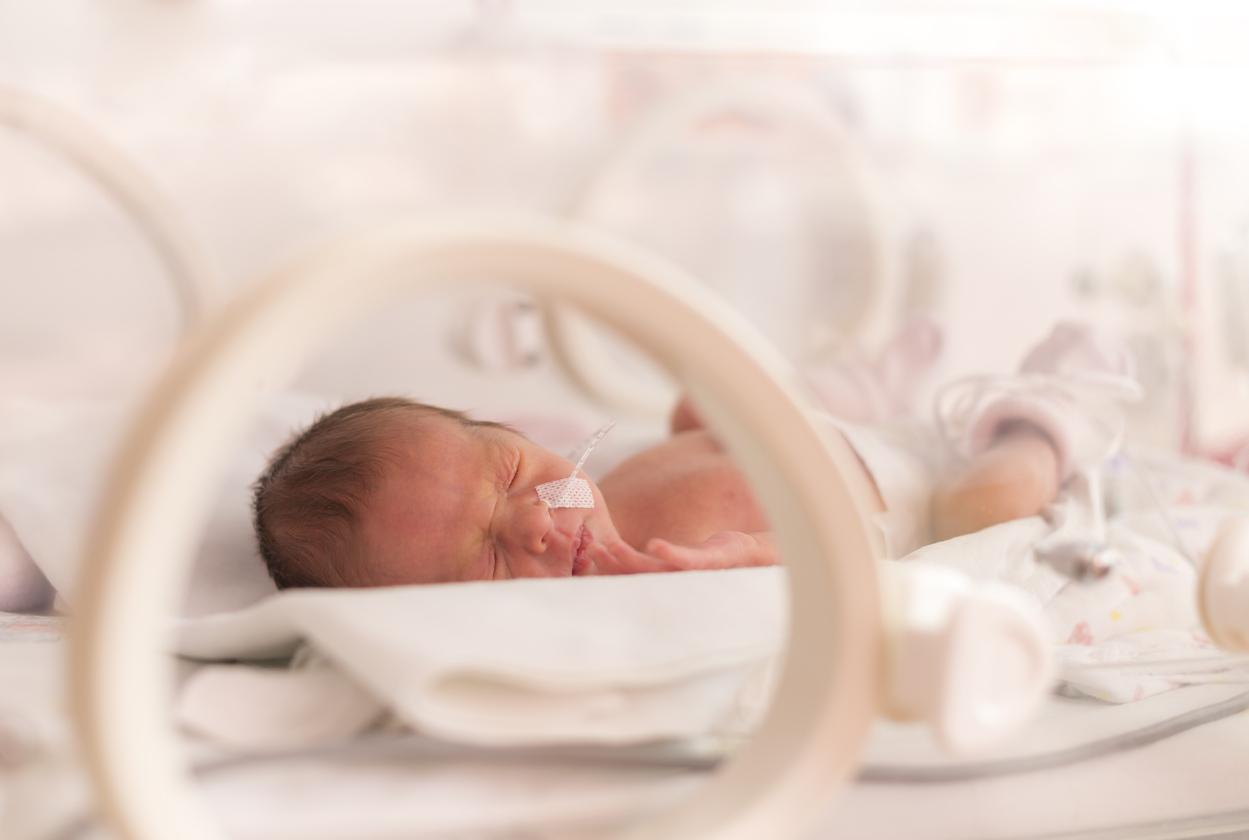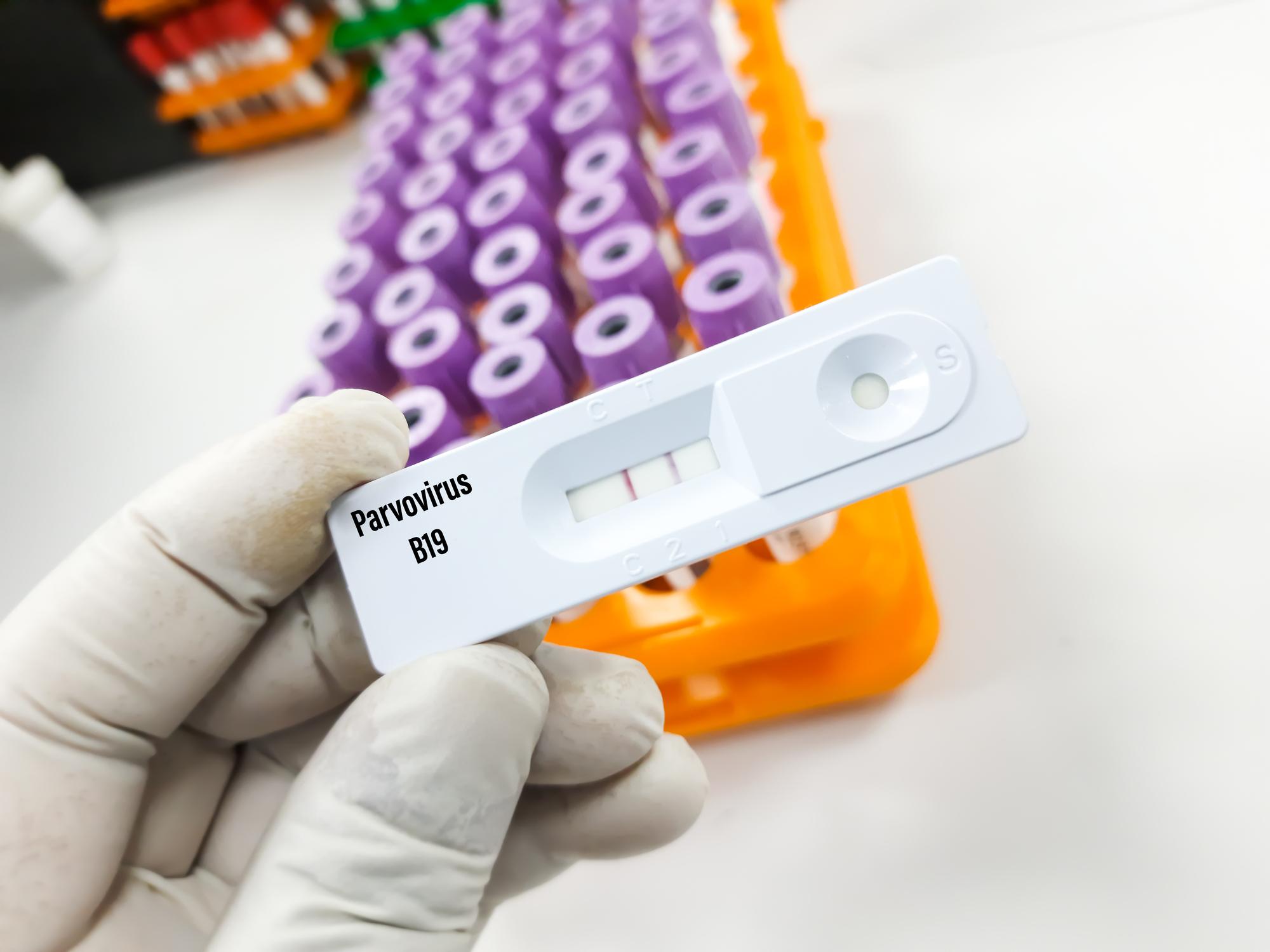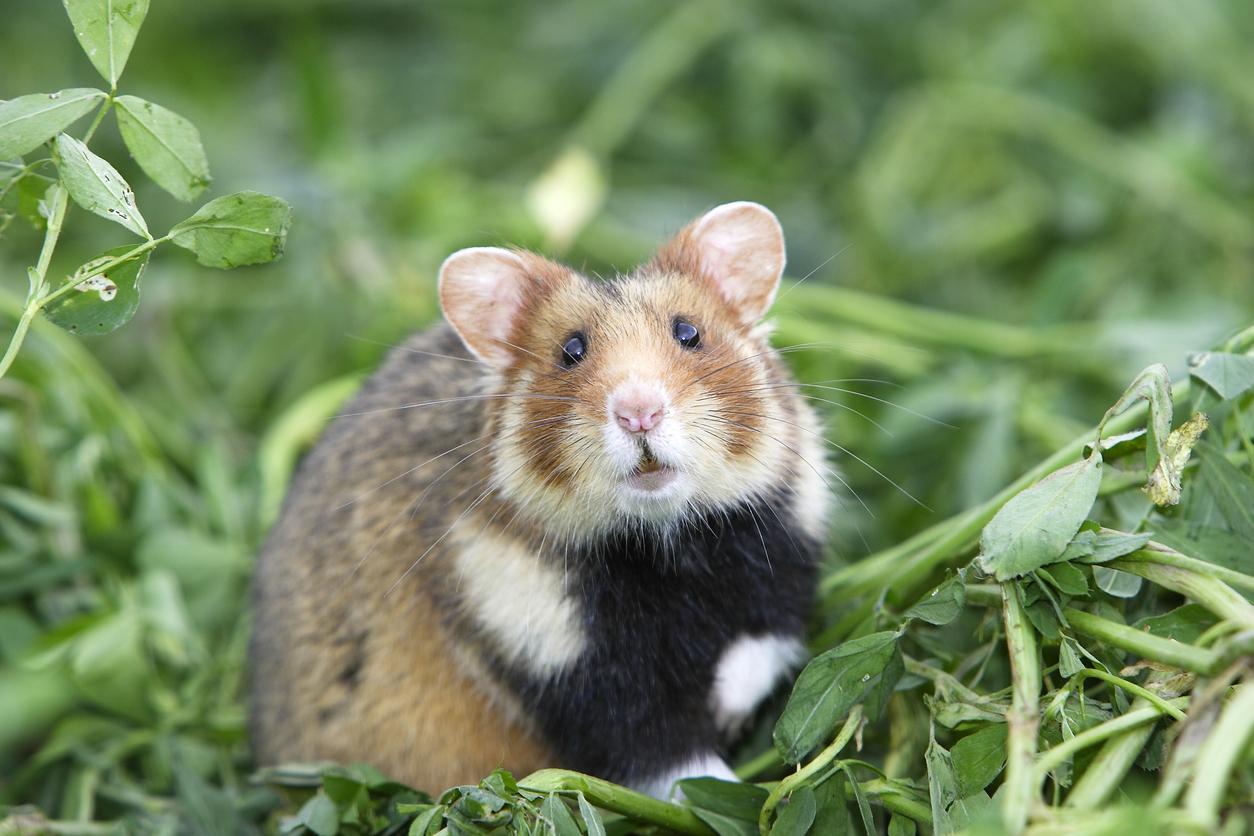Nurse Julie McFadden reveals in a podcast which are the worst ways to die: from Lou Gehrig’s disease or glioblastoma.

- According to a palliative care nurse, Charcot’s disease or glioblastoma are the most difficult diseases at the time of death.
- Lou Gehrig’s disease, or amyotrophic lateral sclerosis (ALS), is a serious neurodegenerative disease for which there is no curative treatment.
- Glioblastoma is a very aggressive cancer that develops in the brain or spinal cord.
Lou Gehrig’s disease and glioblastoma are the two diseases that cause patients the most suffering at the time of death, according to Julie McFadden, a palliative care nurse in California.
Damage to the respiratory muscles causes death in Lou Gehrig’s disease
“For me, there are a few diseases that are the worst.” she says in the podcast Problem Solved with Therapy Jeff of which she published an excerpt on Instagram.
View this post on Instagram
And the first is amyotrophic lateral sclerosis (ALS), also called Lou Gehrig’s disease. This is a serious neurodegenerative disease for which there is no curative treatment.
This disease is characterized by progressive paralysis of the muscles.Most often, it is damage to the respiratory muscles that causes death in patients.noted National Institute of Health and Medical Research (Inserm). This is a disease with a poor prognosis, the outcome of which is fatal after an average of 3 to 5 years of progression.”
“ALS is really serious, explains Julie McFadden. If I ever got ALS, I think I would take medical assistance to die, I would probably want to take medication to end my life.“A request made by many patients suffering from this pathology, such as Loïc Résibois, who had challenged the President of the Republic, Emmanuel Macron, on his Instagram account.
View this post on Instagram
Glioblastoma, a very aggressive brain cancer
Julie McFadden also says glioblastoma is one of the worst diseases to die from. It is a very aggressive cancer that develops in the brain or spinal cord. According to the Vaud University Hospitalthis disease remains rare because it only affects around five people in 100,000 per year.
“Glioblastomas are quite tough, says Julie McFadden. These are brain tumors that usually affect young people, and it’s difficult because it attacks your brain, and your brain does a lot of things. (…) When you have tumors in that area, it ruins a lot of moments.”
In 2019, there were 55.4 million deaths worldwide from all causes, according to World Health Organization (WHO).

















